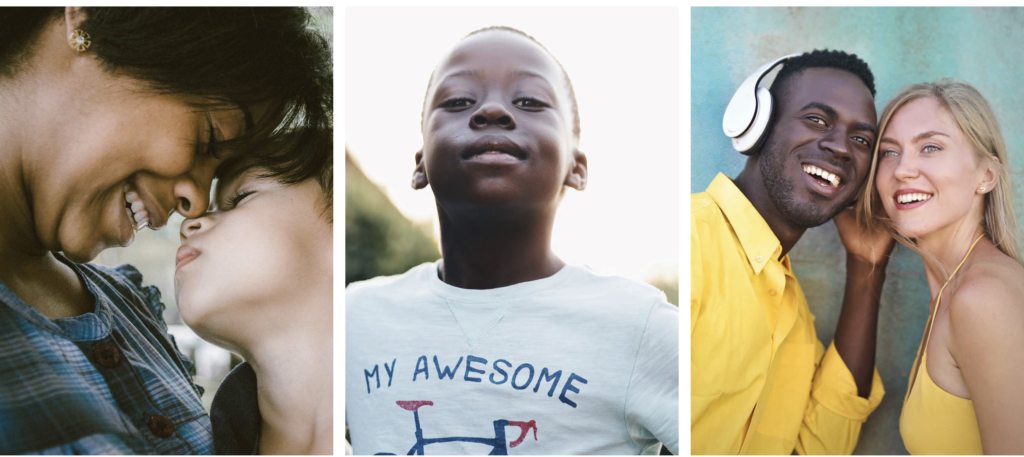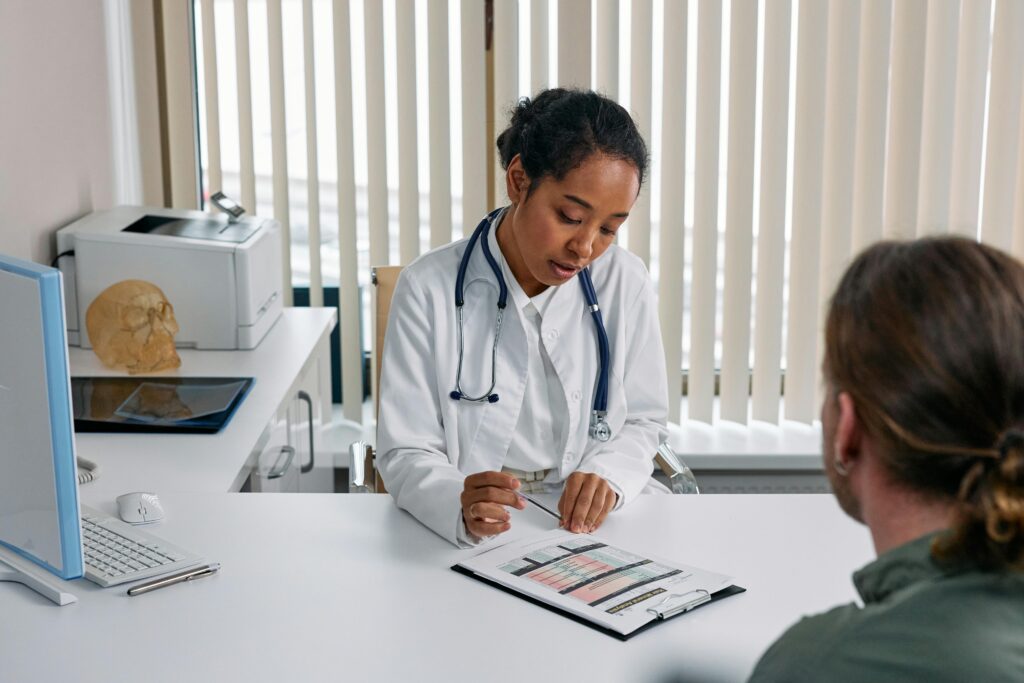|
Dear friends,
Sometimes the very thing that looks for all the world like a setback is actually a pivotal opportunity.
That’s how I see the recent news about the disappointing evaluation results for healthcare hotspotting work in Camden, New Jersey. Commentators have justifiably made much of the fact that this study found that patients receiving intensive hotspotting did not use hospitals any less than those receiving standard care.
But rather than being a setback, these results are an opportunity — an undeniable nudge to move upstream care in a bolder direction. The right way forward actually gets us closer to what’s needed.
HealthBegins began 2020 with a renewed clarity that to be effective in moving medicine upstream, we must be bold. We’ve set forth our own moonshot: training 25,000 new Upstreamists. And we’re working with partners to develop campaigns that transform practice not only at the individual level but at all three levels of upstream care: individual social needs, community-level social determinants of health, and society-level structural determinants of health.
The Camden results are a clear signpost to do just that. The trailblazers there also have given us several critical lessons about how to do it well.

First, as we innovate we must subject our work to rigorous review. I applaud the Camden Coalition for their commitment and courage in doing that.
Second, as Camden Coalition CEO Kathleen Noonan wisely points out, we must broaden and diversify our measures of success. We can start by considering the fundamental value proposition for upstream interventions. Is the right question how we can save money, or is it how we can improve quality and outcomes?
There are important health and social outcomes — beyond readmission rates — that every system aspiring to move upstream should consider. Indeed, as recent results from Whole Person Care pilots in California show, broadening the aperture of our evaluation gives us more ways of measuring success through metrics such as:
- better patient satisfaction
- better quality of life and health status
- reduced waste and inefficient/low-value care
- better social outcomes
- demonstrable improvements in connections to social services
- improved satisfaction, efficacy, and retention rates among health and social caregivers
- reduced cost of outpatient (not only inpatient) care and medications
- reduced household out-of-pocket costs and financial insecurity
Third and finally, as Kathleen Noonan also concluded, we must broaden our approach from supporting individual patients to supporting entire communities. As the social workers in Camden discovered, you can’t connect patients to food and housing resources if there aren’t any in their community. Think of this practice as the inseparable twin of hotspotting: cold spotting — identifying not only the people for whom unmet social needs are present, but also those places where social infrastructure is absent.
Interventions at the community level include partnerships, infrastructure investments, and policy reforms to provide:
- access to healthy food for marginalized neighborhoods, not just medically tailored meals for some
- affordable housing options for historically redlined communities, not just housing-first solutions for some
- equitable access to public transportation, not just private ride shares for some
These newer interventions will make more sense, and more impact, if we consider them as part of a comprehensive strategy tackling all three levels of upstream care.
It’s worth remembering at such a complex moment that we’ve been doing wraparound care for a long time. My colleague Sadena Thevarajah and I recently had the privilege of visiting Project Angel Food, a program founded 30 years ago to bring medically tailored meals to HIV patients and expanded to other diagnoses as we’ve recognized the merits of that essential service.
For me, the visit was a real-life reminder that we have several decades of evidence (not to mention hundreds of years of experience in the field of social medicine) showing that addressing patients’ major unmet social needs is the right thing to do. What’s new is the desire and opportunity to do this at scale, to elevate the standard of care for all.
And if we’re going to do this at scale, then we need to do it rigorously, with metrics that reflect the true complexity of the mission, and with goal-oriented strategies that tackle unhealthy, inequitable conditions comprehensively at the individual, community, and societal levels.
The Camden team helped pave the way and continues to learn how best to move upstream. May we all do the same.
Best,

Rishi Manchanda
|









